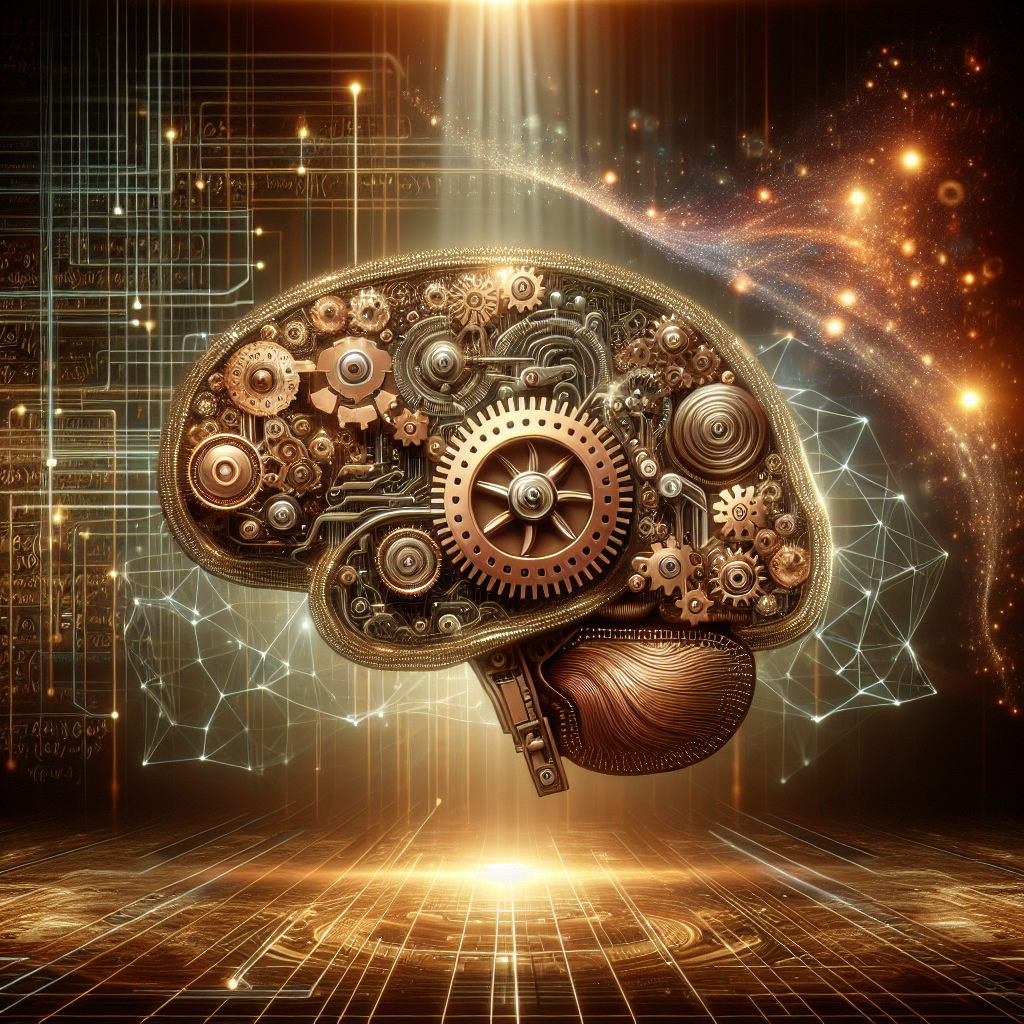Understanding the Inner Workings of Deep Learning Algorithms
Deep learning algorithms have revolutionized the field of artificial intelligence, enabling machines to learn from data and make decisions without explicit programming. These algorithms are at the core of many modern AI applications, from speech recognition and natural language processing to image and video recognition.
But how do deep learning algorithms actually work? To understand this, we need to delve into the inner workings of these complex systems.
At the heart of deep learning algorithms are artificial neural networks, which are inspired by the structure of the human brain. These networks consist of layers of interconnected nodes, or neurons, that process and transform input data to produce output. Each neuron applies a mathematical operation to the input data and passes the result to the next layer of neurons.
The key to the power of deep learning algorithms lies in their ability to learn and adapt. During the training phase, the algorithm is fed with large amounts of labeled data, and it adjusts the weights of the connections between neurons to minimize errors in predicting the correct output. This process is known as backpropagation, where the algorithm iteratively adjusts the weights based on the difference between the predicted output and the actual output.
As the algorithm goes through many iterations of training, it learns to recognize patterns and features in the data. This enables it to make accurate predictions on new, unseen data. In essence, deep learning algorithms are able to extract and learn complex hierarchical representations of data, allowing them to perform tasks that were previously thought to be beyond the capabilities of machines.
One of the key advantages of deep learning algorithms is their ability to automatically learn features from the data, without the need for manual feature engineering. This makes them highly versatile and applicable to a wide range of tasks, from image and speech recognition to language translation and autonomous driving.
However, deep learning algorithms also come with challenges. They require large amounts of labeled data for training, which can be time-consuming and expensive to collect. They are also computationally intensive, requiring powerful hardware and specialized processors to train and run efficiently.
Despite these challenges, deep learning algorithms have shown remarkable success in a variety of applications and are driving the rapid advancement of artificial intelligence. By understanding the inner workings of these algorithms, we can better appreciate their capabilities and potential for transforming industries and society as a whole.


